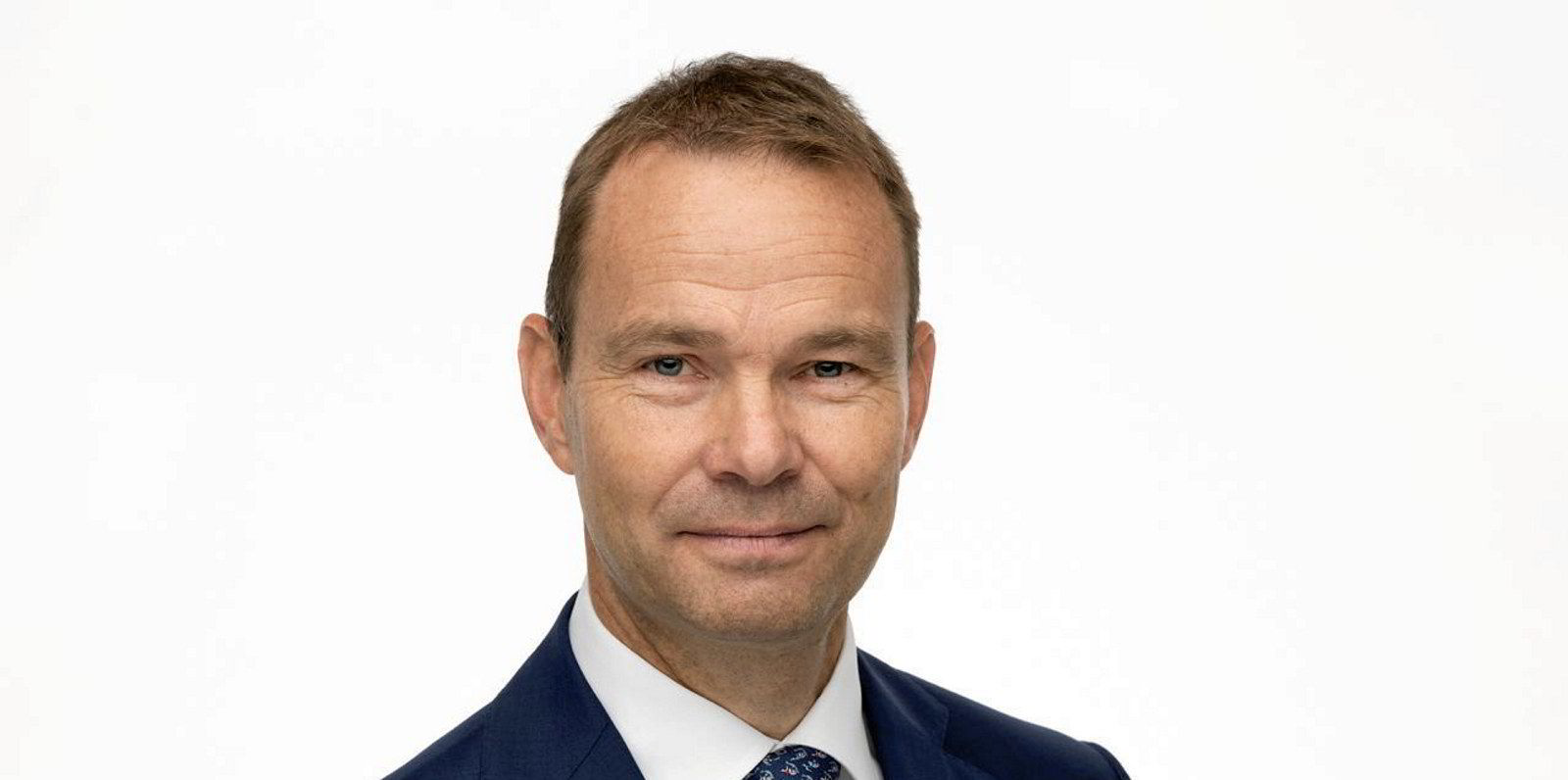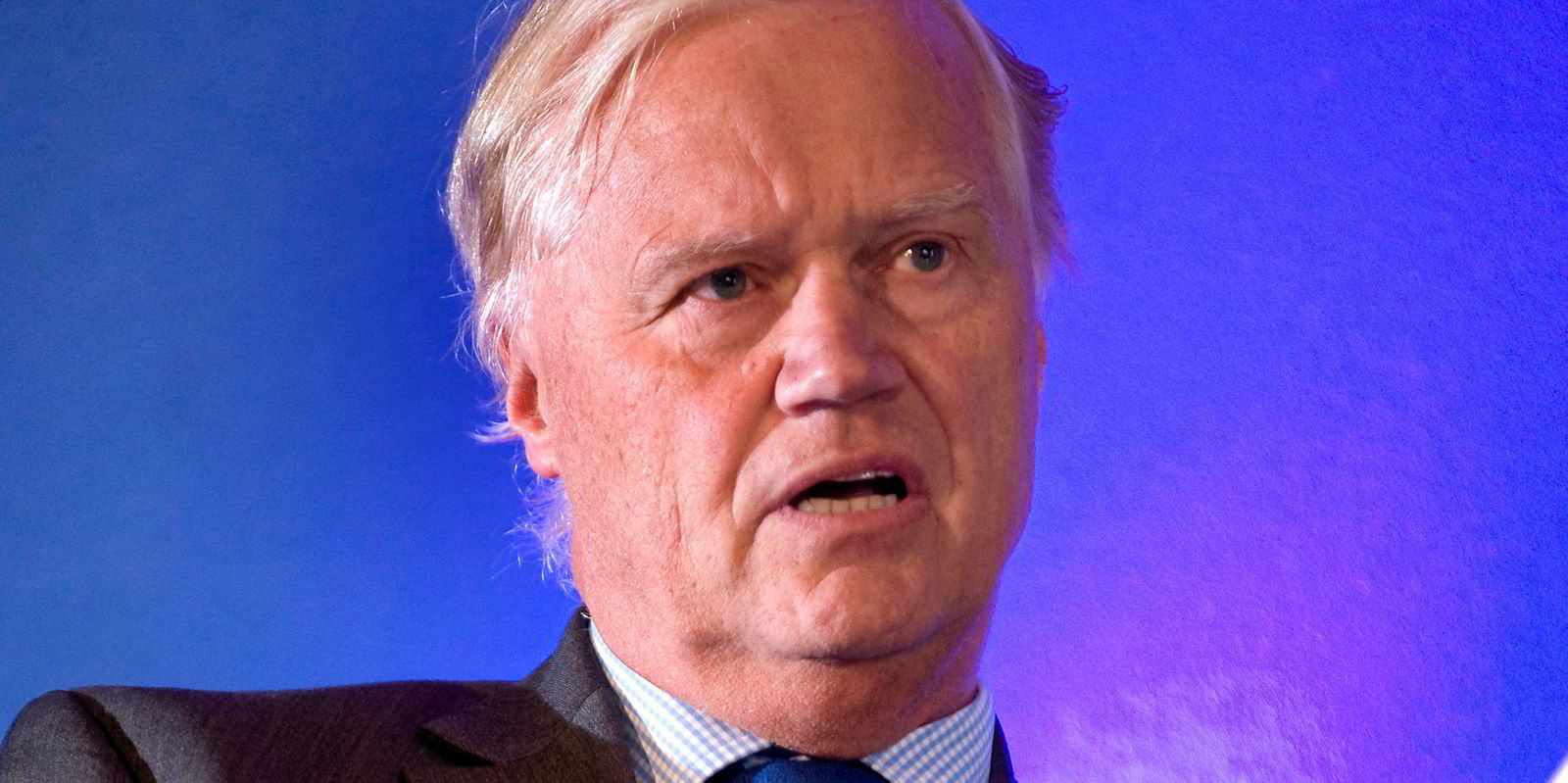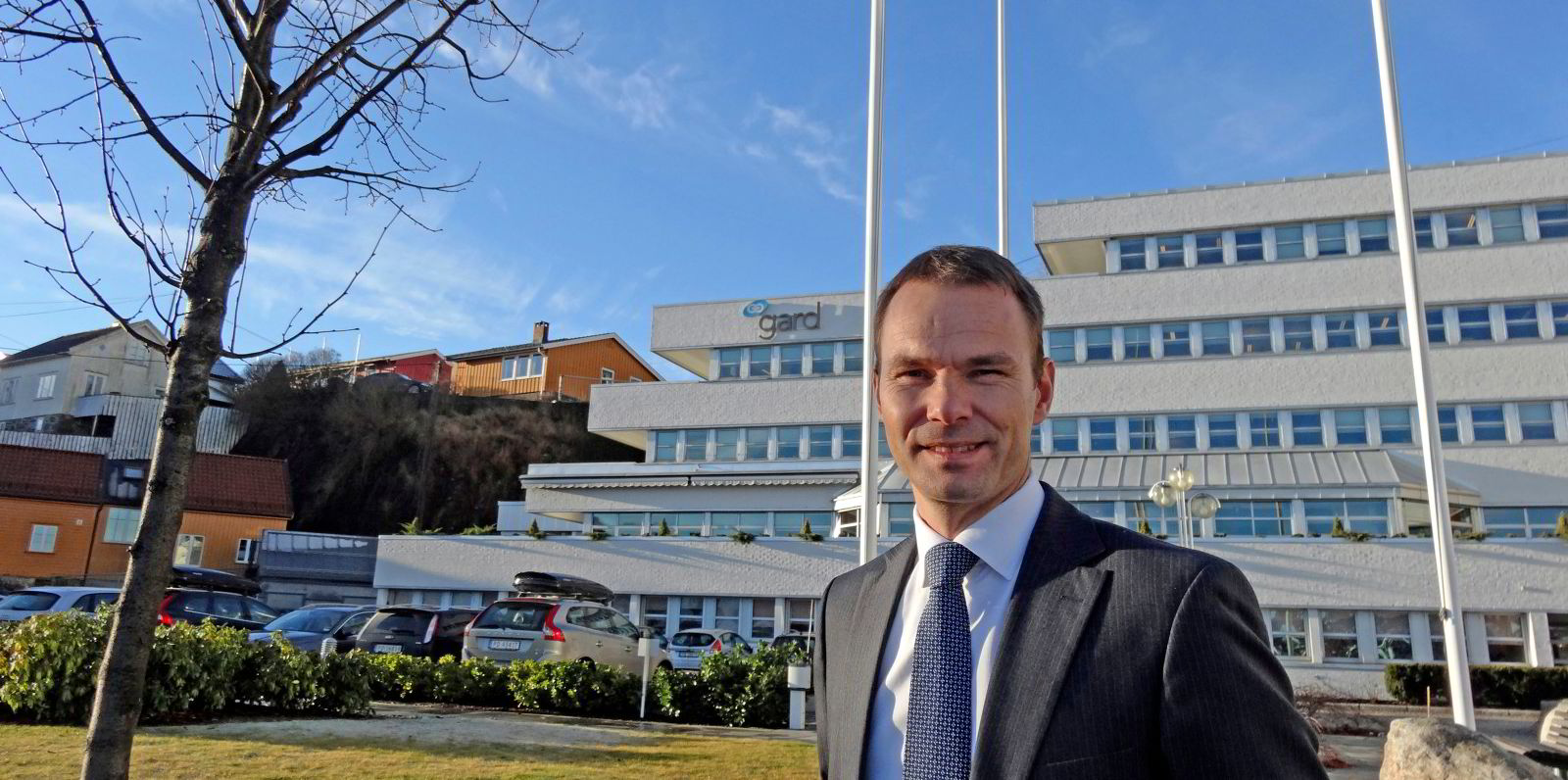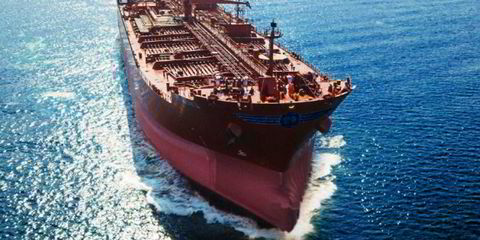Gard chief executive Rolf Thore Roppestad has welcomed the proposed merger of North P&I Club and the Standard Club, saying it will benefit shipowners.
The tie-up will create a protection and indemnity giant approaching the scale of Gard, which has increased its size advantage over rivals recently by reporting an annual premium income of more than $1bn for the first time.
The combined North P&I and Standard Club premium income will be more than $700m.
Asked about the upcoming merger, Roppestad said: “From a members’ perspective, I think it is positive. Competition is good for customers, and I think this merger creates more competition in the market, which should be good for our members.”
He added that he expects further consolidation to follow the North P&I and Standard Club move, explaining that financial regulatory compliance requirements are adding pressure for P&I clubs to merge.
“If you look at the requirements from financial institutions these days — whether it is the regulatory requirements or ability to handle complex claims situations — it requires different competencies, and probably more scale than in the past, so it is a rational development in the industry,” he said.
Even before the merger announcement, Gard had been advocating consolidation for the P&I market.
However, Roppestad said Gard will not be playing a part if future consolidation moves as it already has a considerable size advantage.
Economies of scale
“We are very pleased with the economies we can get out of our current operating model so we will not drive consolidation,” he said.
Gard has just announced a $34m profit for the policy year ending 20 February 2022.
Its marine and energy and fixed premium business made up for losses in the P&I mutual business, and it reported an underwriting profit with a combined ratio of 94%.
Roppestad said the costly run of International Group of P&I Club claims that have hit the P&I market showed signs of reducing in the second half of the last policy year.
However, he warned the insurance industry still faces challenges from inflation, and the war in Ukraine, which threatens to impact the supply of Ukrainian and Russian seafarers.
“If part of that workforce falls out of the maritime sector, we have a big experience gap to fill, and that might have consequences long term both for safety and for the quality of operations,” he said. “That is a risk factor which we take very seriously.”






